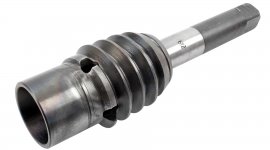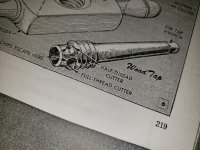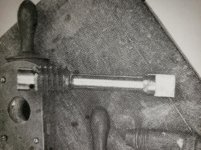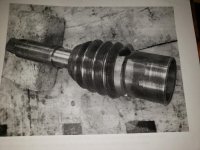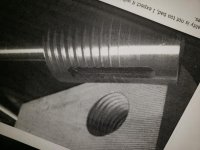As near as I can tell, taps for threads in wood, are usually the same as taps used for metal work. This is not universally true because special threads are often designed for specific purposes. For instance, things like screw on handles for paint rollers.
I would be happy to do a drawing for you, but I would need some information first. I could just do it to a standard thread form with the nominal numbers that you already stated: 2.5" x 2 TPI. But that would be a gamble as this is not a standard thread or even a non standard one in a very good list of available tap sizes that I checked. So I would really want to know just what you plan to screw into the holes this tap will thread in wood.
Heck, if you are willing to provide enough information AND are willing to take financial responsibility for any failure to communicate that information properly, I and most people here, can just make the tap you need without a drawing.
The reason why those shops wanted a proper drawing is because they want to be PAID for their time, even if the tap you asked for does not work for what you are doing. I would want that same guarantee from you if I made the tap or even if I made just the drawing. If it does not work, then that must be considered your fault for not properly conveying the needed information and you must assume all financial liability for both the wrong tap and any additional ones that are made in an effort to get one that does work. In short, you pay for all efforts made and for all shipping, both ways if a return is needed. This is why they want a proper drawing/print. It gives them a way to say that they made it to YOUR drawing/print and any problems with that drawing/print are your fault, not theirs. So you DO owe them the agreed upon price, even though it does not do what you wanted.
BTW, a 2.5" x 4 TPI is an available tap. You won't like the price, but they are available.


